Please excuse me for not posting any code, as I don't think I have reached far enough to be relevant for my question.
I am working on a solution that need to identify the parts of a vehicle being pointed by the customer drawing and extract the Text and the part its referring to as shown in an example below.

I am really new to ML or AI technologies as a result I was looking at using the Azure customvision.ai which allows me to train the model using a bunch of images and object identification and has a nice REST API's to work with. This is somewhat working as I am able to pass the image and it is able to identify the parts of the cars visible on that image.
However I am unable to understand how to how to identify that 9. BXCU12 is actually pointing to Bonnet.
Can someone please help me by pointing to any example or a suitable solution approach for me to solve this problem.